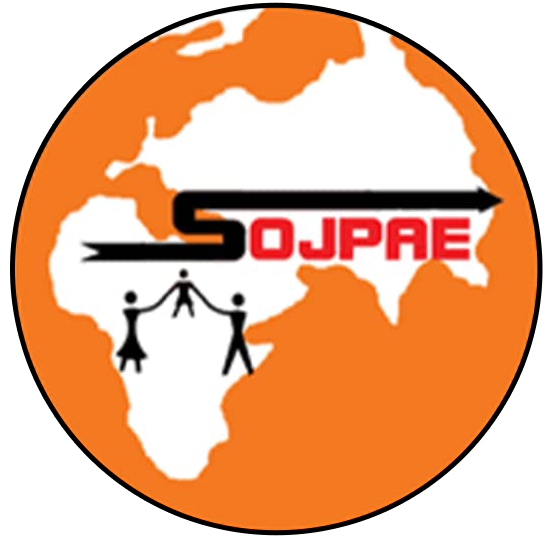Explore the full details of our Strategic Program Matrix. Below you will find each program’s Specific Objective, Key Actions, Methodology, Target Groups, and Disability Inclusion & PSEA.
Child Protection & Rights
Specific Objective: Prevent and effectively respond to abuse, exploitation, violence, and GBV, while ensuring respect for children's rights.
Key Actions:
- Establish safe spaces and vigilance committees.
- Train teachers, leaders, and local authorities.
- Provide psychosocial, socio-economic, and legal reintegration support.
- Support women, girls, and community associations to prevent violations of children's rights.
Methodology: Community-based approach, involvement of local leaders, referral mechanisms, multisectoral coordination.
Target Groups: At-risk children, victims of abuse/GBV, families, teachers, local authorities, community leaders.
Disability Inclusion & PSEA: Inclusive safe spaces, specialized assistance, prevention and response to PSEA.
Health, Nutrition & WASH
Specific Objective: Improve the health and well-being of children and families through enhanced access to nutrition, healthcare, and WASH services.
Key Actions:
- Screen and treat cases of malnutrition.
- Build and rehabilitate water points and adapted latrines.
- Raise household awareness on balanced nutrition, hygiene, and sanitation.
- Strengthen access to nutritious food through agricultural cooperatives and resilient food security.
Methodology: Community mobilization, partnerships with health services, participatory campaigns, child-friendly school approach.
Target Groups: Children under 5, mothers/pregnant women, vulnerable families, students, rural communities.
Disability Inclusion & PSEA: Accessible WASH infrastructure; attention to specific needs (disability, gender); integrated PSEA messaging.
Inclusive Education & Active Citizenship
Specific Objective: Ensure access to quality education and promote peace, tolerance, and civic participation among children.
Key Actions:
- Distribute school supplies and kits.
- Train teachers in inclusive and civic teaching methods.
- Establish school clubs for peace, citizenship, and the environment.
- Use radio and participatory theater to raise awareness on education and tolerance.
Methodology: School-community approach, inclusive pedagogy, peer clubs, social communication, partnerships with ministries and NGOs.
Target Groups: Vulnerable children, out-of-school children, teachers, parents, local communities.
Disability Inclusion & PSEA: Inclusion of children with disabilities, adapted learning materials, integration of PSEA modules in training.
Community Integration of Children with Disabilities
Specific Objective: Promote the social, educational, and economic inclusion of children with disabilities and combat stigma.
Key Actions:
- Provide tailored educational and medical support for children with disabilities.
- Create inclusive self-help clubs and peer groups.
- Support vulnerable families through income-generating activities (IGAs).
- Organize awareness campaigns against stigma and discrimination.
Methodology: Rights-based inclusive approach, family support, partnerships with specialized associations, participatory campaigns.
Target Groups: Children with disabilities, families, teachers, disabled persons’ associations, local communities.
Disability Inclusion & PSEA: Dual focus on disability and PSEA; prevention of discrimination; enhanced accessibility.
Community Emergency Response
Specific Objective: Strengthen resilience and effectively respond to humanitarian, health, or natural crises.
Key Actions:
- Distribute emergency assistance (food kits, hygiene supplies, water).
- Install temporary infrastructure (water points, latrines, emergency shelters).
- Create and manage child-friendly spaces in crisis situations.
- Support the development and implementation of community contingency plans.
Methodology: Community-based approach, humanitarian coordination, multisectoral strategy.
Target Groups: Displaced families, separated/unaccompanied children, affected communities, women, and youth.
Disability Inclusion & PSEA: Emergency services accessible to children with disabilities; PSEA prevention in shelters and child-friendly spaces.
